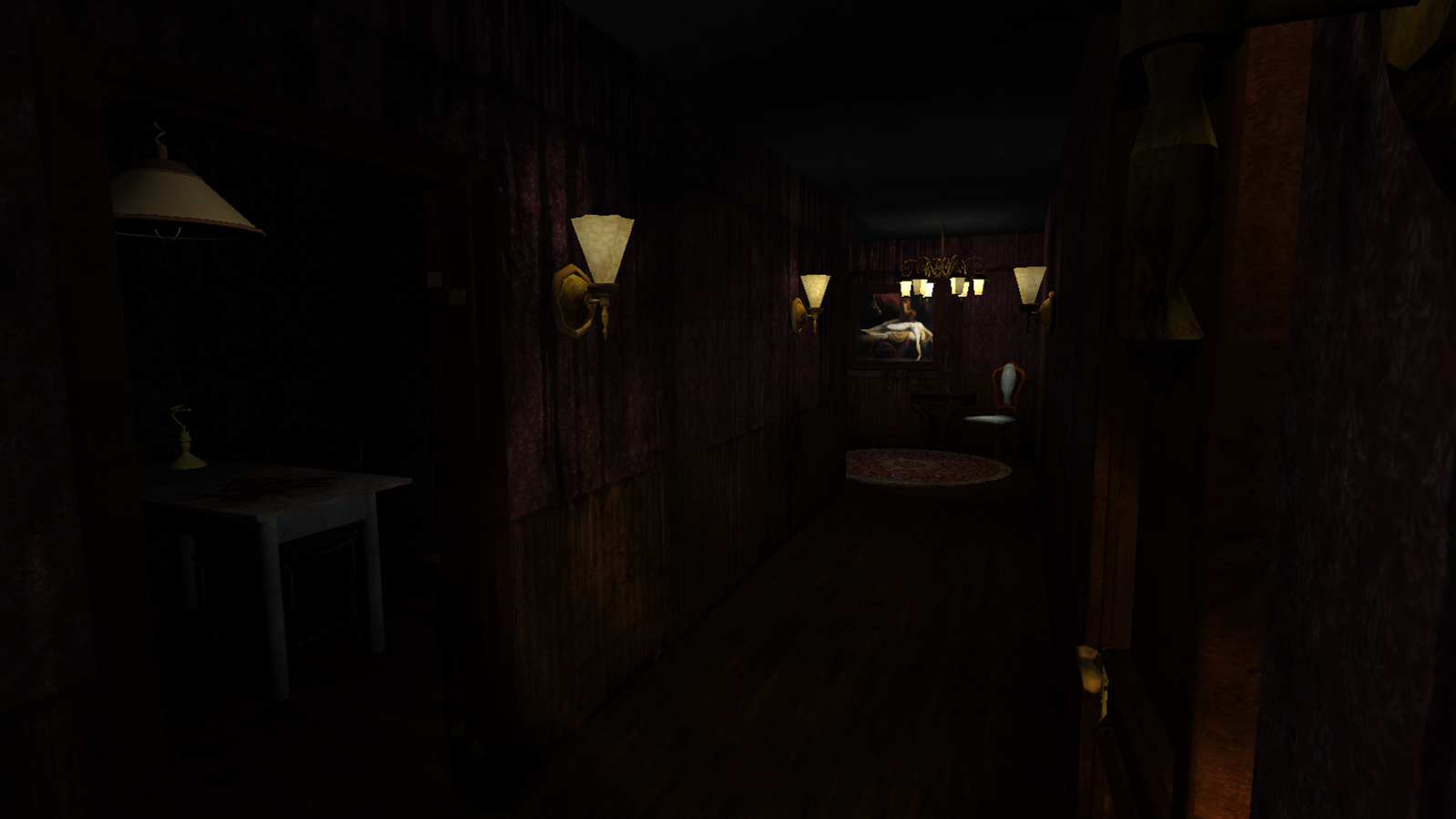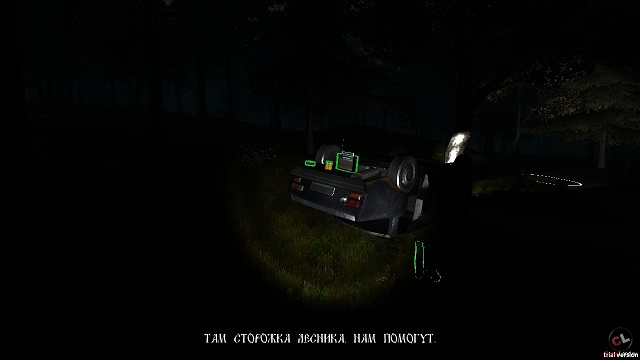


While the style includes the usual array of rules and conditions surrounding sparring matches, to ensure fairness and safety, a Tora practitioner only 'fights' an outright hostile foe, and no standards of fairness are imposed in the pursuit of achieving the goal of the fight, whether it be disabling the foe or safely disengaging from them. Tora draws sharp distinctions between sparring and fighting, with the latter trained for, but never indulged in as a competetive recreation. Tora's modern rarity, though, offers advantages to its practitioners against opponents unfamiliar with it - with its many borrowed stances, it is possible to deceive an opponent not only regarding one's intended moves, but one's style entirely, giving a significant element of surprise when a stance thought to be recognised becomes an entirely unfamiliar attack.

In modern times it is much rarer, having been eclipsed by advances in styles more suited to regimented training. Stance-switching is a common element, augmented by the various stances taken from other styles, making it difficult for opponents to predict a practitioner's intent from their current physical position.Īlthough never instituted as a formal part of Hierarchy training, Tora enjoyed some popularity among the armed forces between three and five centuries ago. The movements of its practitioners in combat are oriented around producing results rather than aesthetics, although observers have noted a certain elegant functionality. Tora is noted as a pragmatic martial art, with many adoptions from other styles. Viy Tora Kay (commonly referred to as 'Tora') is a strike-based style, suited to turian anatomy in terms of the offensive capabilities of the talons and the defensive properties of carapace. Viy Tora Kay is a turian martial art, dating back to 500-550 CE as a distinct discipline.


 0 kommentar(er)
0 kommentar(er)
